Notebook / Appointments
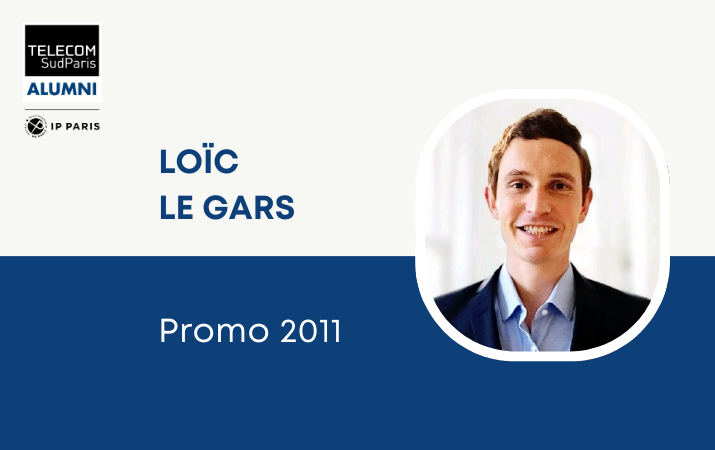
Portraits of Télécom SudParis - Portrait of Loïc Le Gars (TSP 2011), Principal at ERM: Environmental Resources Management
Haga Randrianaly (ITM-BS, second-year student) meets Loïc Le Gars (TSP 2011), Principal at ERM: Environmental Resources Management
- Could you please introduce yourself?
After obtaining my engineering degree from Télécom SudParis in 2011, I started my career with a telecom operator, before deciding to reorientate myself after just 3 years towards the field of energy transition. Climate change was one of my main concerns.
At the time, convergence between the energy and IT sectors, through concepts such as smart grids, smart cities and the3rd industrial revolution, was all the rage. Initially, I wanted to understand how my skills as a telecom engineer could be put to good use in a low-carbon transition.
But the world of energy was a relative stranger to me, and so I chose to go back to school with a Master's degree called "Alternatives for the Energy of the Future" taught between École des Mines ParisTech and Tsinghua University in Beijing. In addition to providing an international understanding of energy markets, this course gave me the opportunity to visit numerous energy production projects (from coal-fired power plants to concentrated solar power projects, not forgetting construction sites for3rd generation nuclear power plants). I finalized this curriculum by working as a research engineer for ADEME on the first 100% renewable electricity scenarios for France. This study demonstrated the theoretical feasibility and calculated the cost of such an electricity mix by 2050.
At the end of this project, I joined Enea in 2015, a strategy consultancy specializing in energy transition issues, with around 100 consultants based in Paris and APAC. Today, I am continuing this same consulting activity with ERM (Environmental Resources Management), based in London.
The aim of my missions is to help public authorities and companies assess the potential of new technologies in the energy sector, decipher market trends and help them position themselves accordingly. The topics covered range from renewable energy production (e.g. offshore wind power), energy storage (e.g. Power-to-X), international transport (e.g. in the form of ammonia), domestic distribution (e.g. hydrogen pipelines), and energy efficiency (e.g. in the form of renewable energies): hydrogen pipelines), energy efficiency (e.g. in industry) or access to energy in poorly electrified countries (e.g. mini-grids). Our studies involve modeling energy scenarios and systems, as well as economic, environmental and regulatory analyses, and require skills in corporate strategy and public policy to advise end-customers.
Over the years, I've specialized in the field of renewable gas, and in particular low-carbon hydrogen, a topic that's been very much in vogue in recent months.
- Over the course of your career, you've worked in the telecoms and energy sectors, in positions such as project management, R&D and consulting. What was your motivation for each change of activity? What was the common denominator across all these sectors?
There are probably two main reasons: the desire to participate in changes in society, and working with innovative technologies. Information technology has greatly shaped today's society, and that's why I chose to join Telecom SudParis at the time. Climate change is surely the greatest challenge of the century. I spent my early years in the innovation departments of telecoms operators. Today, a large part of my work involves assessing the potential of new technologies in the energy sector.
- You're currently working on the energy transition. Why this attraction for renewable energies?
Renewable energies, like nuclear power, can be solutions for reducing our carbon footprint. But the energy that emits the least is above all the energy we don't consume, and as such, efforts to increase energy efficiency are highly effective in cutting CO2 emissions. Energy efficiency is an unsung hero of the energy transition, and in my view should be a priority for companies and governments alike, alongside the adoption of low-carbon energies. It will enable the world to limit the growth of its energy consumption at a time when the global population is expected to rise to 9.5 billion by 2050.
Moreover, the debate over nuclear power in France overshadows efforts to focus on sectors that emit more greenhouse gases, such as transport (30% of emissions), industry (20%) and agriculture (20%), compared with 10% for energy production and conversion in France.
So there is no "one" energy transition driven by a universal model, but "many" energy transitions, where the choice of renewable energies to be deployed depends above all on local and regional potential. The diversity of possible schemes makes this a fascinating subject.
I like working on the development of renewable gas, such as green hydrogen or biomethane. We understand the benefits of producing low-carbon biomethane in France, which brings additional income to the agricultural sector, rather than importing natural gas (fossil methane) from Russia or Qatar. Renewable energies also hold the promise of reducing countries' energy dependency and the associated geopolitical risks.
Engineers play a vital role in the energy transition. Around half of the technologies we will need to solve the climate problem by 2050 (e.g. carbon capture and storage) have not yet reached the commercial stage. Telecom engineers also have a role to play. If we take the example of rural electrification in sub-Saharan Africa, this is largely possible thanks to a triptych: solar panels at a now affordable cost, coupled with a micro-financing mechanism, which works thanks to the presence of telecoms antennas (themselves powered by solar energy) and cell phones, through a Pay-As-You-Go business model (customers repay part of the micro-financed solar kit every day by sending an SMS which debits the sum from their account).
Beyond this example, there is an urgent need for telecoms engineers who are competent in climate issues to reduce the environmental footprint of the IT sector.
- Could you describe your day as a Principal at ERM: Environmental Resources Management?
The consulting world has its own hierarchical jargon, and there are generally 5 main levels: Associate, Consultant, Manager, Principal, Partner. The role of Principal is generally multidisciplinary, and involves supervising assignments, participating in the company's commercial and internal development, and providing specific expertise. These different activities punctuate my working day. The ultimate goal is to advise customers. For example, I'm currently carrying out a study for the Swiss government to assess the effectiveness of policies to support the reduction of energy consumption in industry.a lower-carbon steel using green hydrogen, and another for an investment fund that wants to assess the opportunity of investing in infrastructures for exporting solar energy in the form of green ammonia from Chile to Asia. The subjects and customers are varied, but the common denominator remains the energy transition.
- You're a visiting lecturer at Mines ParisTech. What do you gain from teaching?
I teach a course on hydrogen markets and economics. It's a very interesting way of taking a step back from your subjects, and of synthesizing them, which also enables you to sound out students' questions and expectations regarding the energy transition. Year after year, I realize that assumptions change rapidly. 5 years ago, for example, it was hard to imagine that green hydrogen would quickly become competitive, and thus be able to replace grey hydrogen produced from fossil fuels at the same price. Today, this is envisaged in several countries over the next 5-10 years.
- You are a member of the Intermines network. How has belonging to this network helped you in your career? How do you think the Intermines network can help students and graduates?
École des Mines ParisTech played an important role in my studies and the sectoral orientation of my career. So it made sense for me to join the Intermines network, where I found a large community of energy and telecom engineers through the Mines-Telecom institute.
Within the Intermines network, I joined the "Union Fait la Force!" (UFF) group, a mutual aid and solidarity movement of around 100 people who agree to be contacted at any time by another member of the group, in addition to a weekly meeting. This makes it possible to get in touch and forge links with all UFF members. In this way, I was able to benefit from advice and feedback from members with experience in the energy sector.
I strongly advise students and alumni to take an interest in the Intermines network, to benefit from the advice and opportunities it offers in the energy sector. The digital technology and energy transition sectors are converging in a number of ways. The Intermines network is open to students and alumni of Télécom SudParis and IMT-BS.
- In times of pandemic, do you have any advice for students about to enter the job market?
Despite the pandemic, the energy transition sector has seen a real acceleration in recent months, particularly under the influence of the European Green Deal. It's a sector that's recruiting right now.
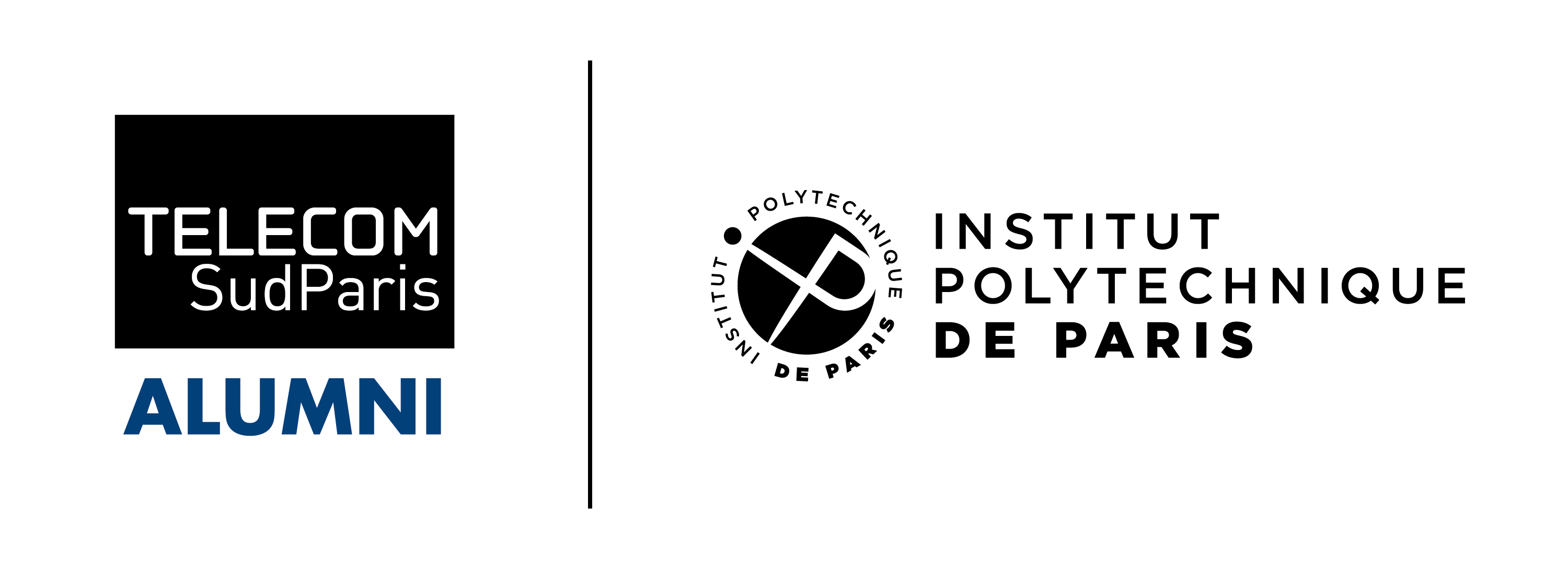


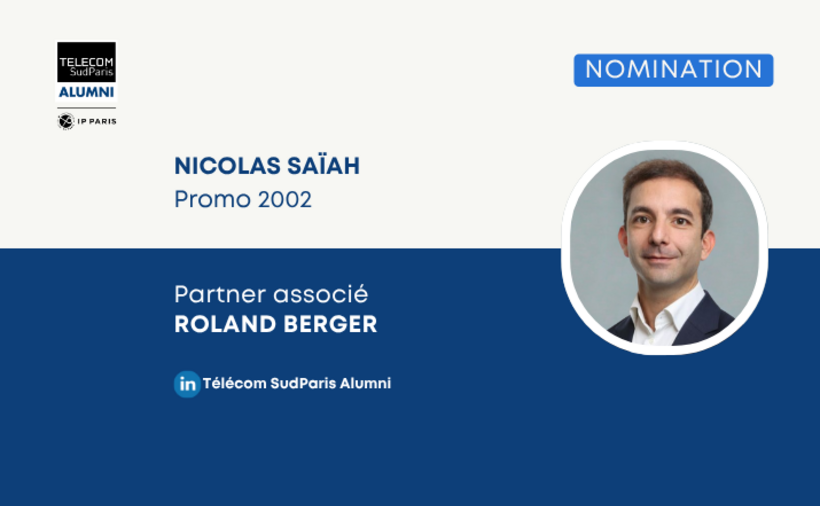
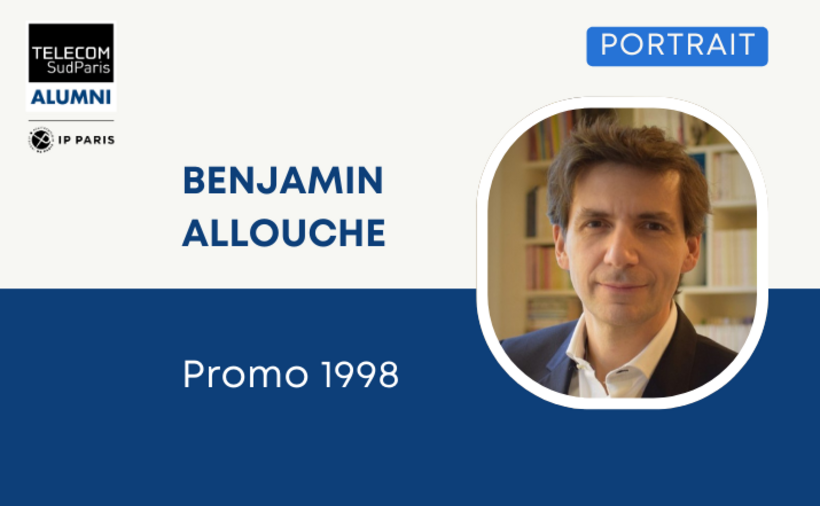
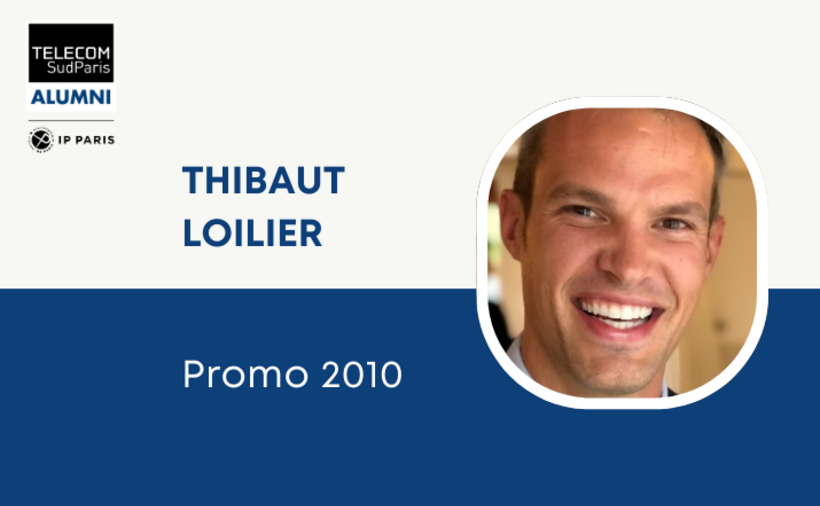

No comment
Log in to post comment. Log in.